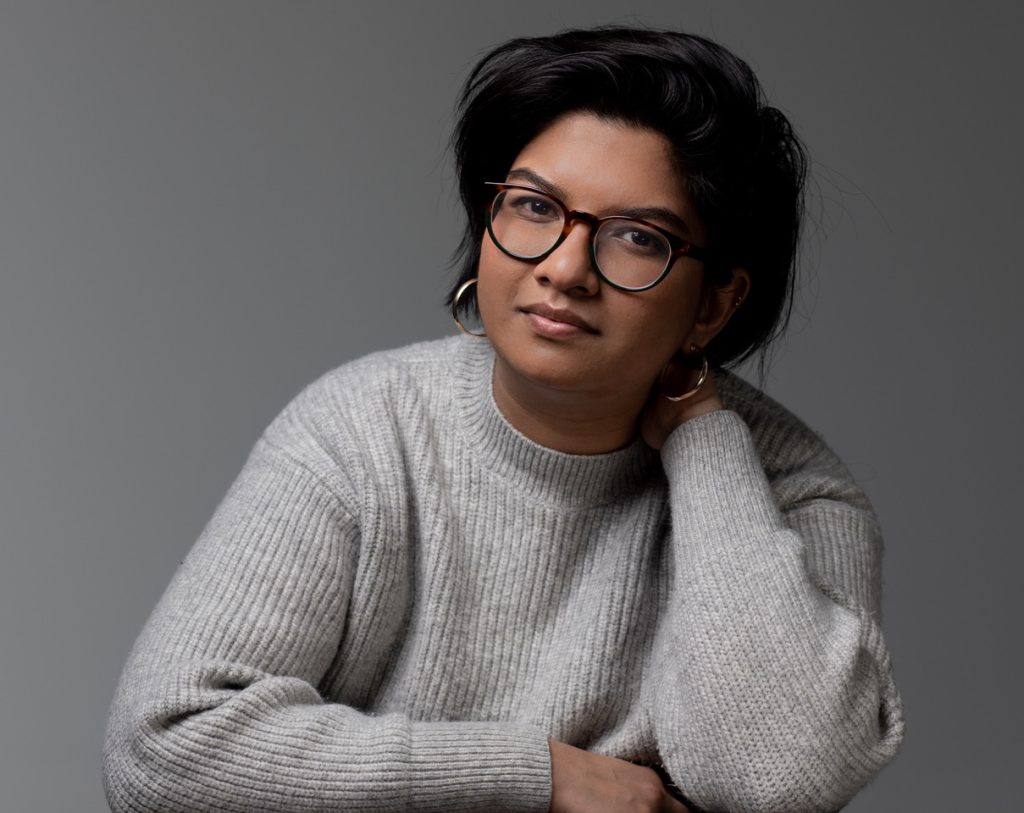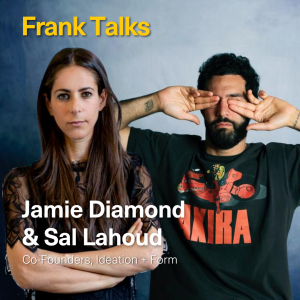Shama Rahman (she/her) is Director of Brand Strategy at New York Magazine. She previously worked at The Wall Street Journal as a creative strategist and at The New York Times as an associate marketing manager. Before the New York Times, she worked in marketing at the Whitney Museum of American Art and the Solomon R. Guggenheim Museum. Shama is a founding member of Ninth Street Collective, where she holds workshops and 1:1 sessions for artists and arts organizations. She has facilitated workshops at The Wing, New Women Space, The New School, Commend and Mana Contemporary. She graduated from Smith College, where she studied Economics, Art History and Museum Studies, and is a member of the Smith College Museum of Art’s advisory committee. She was previously a board member of the South Asian Women’s Creative Collective (SAWCC) and co-organized the group’s 2016 exhibition at the Queens Museum.
What was your first job in the Arts?
I worked as a marketing associate at the Guggenheim. It was a job I had dreamed about in college after writing a lengthy capstone project about Abu Dhabi’s Saadiyat Island, which includes a planned Guggenheim outpost. I found the different architectural styles of the Guggenheim museums fascinating and was really interested in learning how it established itself as a global brand.
What was the most useful or important thing you learned at that job?
Institutions will rarely look out for you, so you have to look out for yourself! That lesson applies to every aspect of the job, including establishing the right work-life balance and prioritizing your own projects before lending a hand to other departments.
Tell us a little more about yourself. When did you realize you wanted to pursue a career in this industry?
My dad was an architect and he heavily influenced my love of design, visual art, museums and architecture. I grew up going to museums and originally wanted to study architecture myself, but my parents wanted me to pursue a “safer” major, so I decided on Economics. Halfway through school I realized the path I saw most of my Econ classmates taking, whether it was finance or academic research, didn’t feel like the right fit for me, so I started taking art history classes. Even though I groaned at the time about studying something so “practical,” I’m really grateful I studied Econ and Art History in tandem and then later added a Museums Concentration to the mix. The combination led me to fuse my interests together and pursue art marketing, which wasn’t as popular a field as it is now, and gain valuable work experience at the Smithsonian’s National Museum of American History and MoMA before I graduated.
What do you do now?
I’m the Director of Brand Strategy for subscriptions at New York Magazine. My job is to make sure all of our interactions with existing and potential subscribers look and sound as much like our editorial products as possible. I transitioned into media in 2017 when I joined The New York Times to manage marketing for their TimesTalks live journalism series, but I’ve stayed connected to artists as a founding member of Ninth Street Collective.
Where are you from?
I’m from Queens, NY and have lived in New York City for more than 80% of my life (so far).
What is the arts community like there?
I love that different boroughs have different artistic identities and institutions. Queens is the most diverse county in the continental US and its institutions, like the Queens Museum, as well as its individual neighborhoods, like Jackson Heights and Flushing, reflect that. Gentrification has also impacted the arts community, like in the case of 5 Pointz, and I think it’s essential we keep that in mind as we talk about who is often included in the arts community and what is considered “art” by the art world.
Has where you come from shaped what you do in the arts today?
I didn’t realize it at the time, but my parents clothing boutique selling South Asian wedding clothes and accessories in Jackson Heights has had a huge impact on my professional life today. I grew up around beautiful textiles, my mother’s ability to form genuine relationships with her customers, my dad’s architectural hand in all of the branding and a huge intergenerational community of people who passed through the doors of their store over 23+ years.
I also had to do some unlearning in the process. In my first years of working after college, I drew a line between my Bangladeshi / Jackson Heights / Queens home life and “American” / office / white-washed work life. I thought the two worlds couldn’t exist together and that I’d have to keep them separate my entire life because I chose a more institutional career path. I think there’s a layer of decolonization that is actively happening there.
I don’t think it’s a coincidence I work at the intersection of culture and commerce just as my mom has since coming to the U.S., and I’m really glad I can see that now.
What is the best piece of advice you can give about working in the art world?
Be mindful that everyone is entering the art world on different and often inequitable footing, so it’s not really healthy to compare your mistakes and failures to the successes of others. Focusing on your own path (not to be confused with the constricting stay in your lane) feels like a healthy use of your time and energy even if it’s hard for all of us to do that 100% of the time.
What is one of your greatest accomplishments in your career so far?
Getting closer to my ideal balance between work and my personal life. Everyone’s balance is different and will change over time, but I’m really grateful I was able to prioritize my family when I needed to in the last few years because of work environments with healthy boundaries and empathetic bosses.
What has been a challenge for you?
Directly connected to my advice for others, I have a terrible habit of comparing myself to people I don’t know even though I do my best work and feel healthiest when I just focus on my own intentions. It’s a lifelong struggle and I’m working on it all the time, especially with my therapist!
What is something you do every day at the office (or your current home office)?
I am trying to turn my desk into a hydration station, so I don’t sit down at my desk without a full bottle of water.
What is one of the weirdest things you have had to do on the job in your career?
Watch a beloved singer, actress and model sign the wall of a Renzo Piano building in permanent marker.
What defines a good boss?
A good boss clearly defines expectations, creates healthy boundaries and provides empathy when the situation arises.
Any good tips for giving a great interview?
Do your research before every interview and don’t just skim information from the surface. Go in-depth into why the organization makes sense for you, why you’re a great fit for the place as well as the position, and how it would impact your career. I usually have pages and pages of notes of prep for every job interview I do to make the most of everyone’s time.
Any other anecdotes about your working experience that you would like to share?
One of my favorite parts of working at museums was helping out with photo and video shoots. I’ve cast friends in tourism promotions, supervised sunset shoots of the Whitney from the adjacent apartment building, hauled bags of bagels at sunrise for production crews and accompanied photographers during 24-hour artist-run dance parties. I loved feeling like a part of the team and bringing lots of different parts together to make something happen.
What is the best exhibition you have seen in the last year?
Lorraine O’Grady: Both/And at the Brooklyn Museum
If you could own a work by 5 different artists, who would be in your collection?
Ruth Asawa
Lorna Simpson
Nasreen Mohamedi
Alma Thomas
Carmen Herrera
And finally, do you think the art world should be more transparent?
10000000%. There is so much to say about this!




